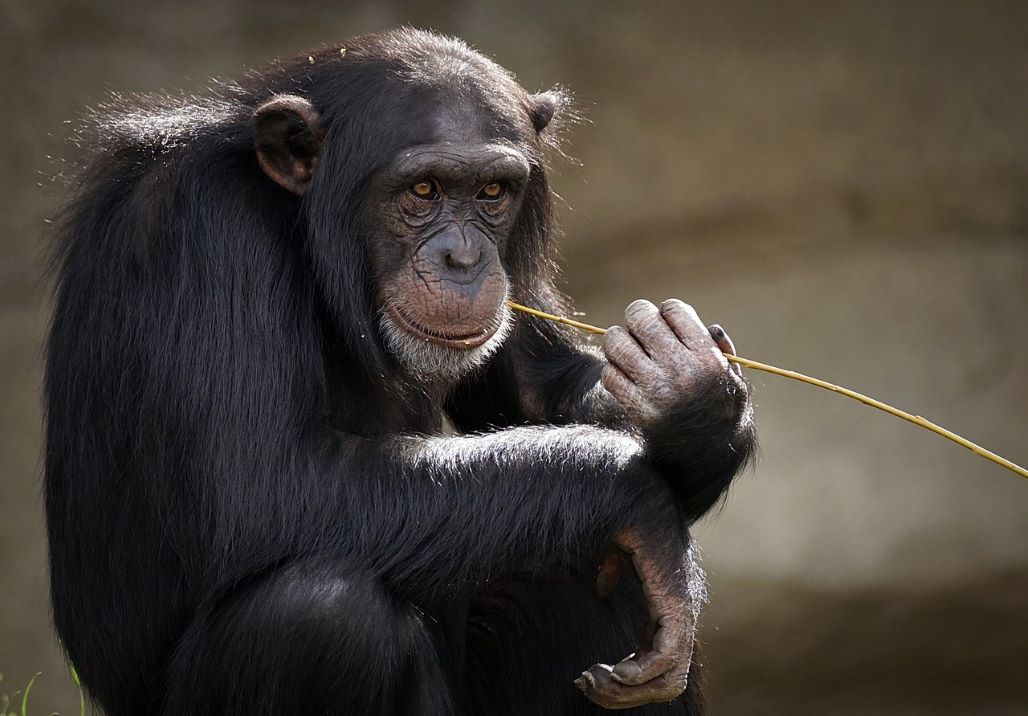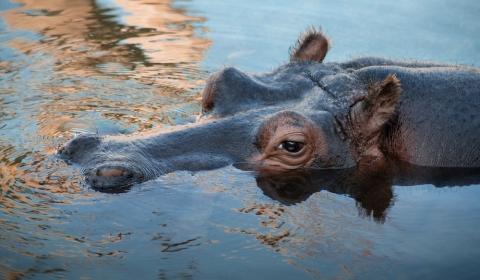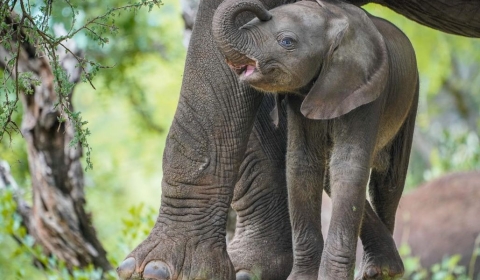
Overview
Location: Western Tanzania, near Kigoma on the shores of Lake Tanganyika. Size: Approximately 35 square kilometers (13.5 square miles). Established: 1968.
Geography and Landscape
Gombe Stream National Park features a mix of steep valleys, lush forests, and lake shorelines:
Lake Tanganyika: Forms the western boundary of the park, providing a stunning aquatic environment.
Rugged Terrain: Steep hills and valleys covered with tropical rainforest.
Waterfalls and Streams: Numerous streams and small waterfalls flow through the park, adding to its scenic beauty.
Wildlife
Gombe is famous for its primate populations, particularly chimpanzees:
Chimpanzees: Home to a well-studied population of wild chimpanzees, made famous by Dr. Jane Goodall’s research.
Other Primates: Includes red colobus monkeys, blue monkeys, and olive baboons.
Small Mammals: Bushbucks, bushpigs, and various species of small antelope.
Birdlife: Over 200 species of birds, including fish eagles, palm-nut vultures, and pied kingfishers.
Aquatic Life: The waters of Lake Tanganyika host a variety of fish species, many endemics to the lake.
Conservation Efforts
Gombe Stream National Park focuses on the protection of its chimpanzee populations and natural habitats:
Chimpanzee Research: The park is the site of the longest-running study of wild chimpanzees, initiated by Dr. Jane Goodall in 1960.Habitat Conservation: Efforts to preserve the park’s forests and waterways, which are crucial for wildlife.
Community Engagement: Programs to involve local communities in conservation efforts and provide education.
Tourism
Activities: Gombe offers several activities for visitors:
Chimpanzee Trekking: The primary attraction, offering close encounters with habituated chimpanzees.
Hiking: Trails through the forest and along the ridges, offering beautiful views and wildlife spotting opportunities.
Bird Watching: The park’s diverse avian population makes it a great destination for bird watchers.
Boating and Swimming: Enjoy the clear waters of Lake Tanganyika, with opportunities for boating and swimming.
Accommodation: Options include basic campsites, guesthouses, and a few luxury lodges.
Best Time to Visit: The dry season (May to October) is ideal for chimpanzee trekking, though the park is accessible year-round.
Unique Features
Jane Goodall Institute: The park is renowned for its association with Dr. Jane Goodall and her pioneering research on chimpanzees.
Scenic Beauty: The combination of forested hills, streams, and the lake shore provides a picturesque setting.
Rich Primate Life: Visitors can observe chimpanzees and other primates in their natural habitats.
Visitor Information
Access: The park is accessible by boat from Kigoma, which can be reached by flight or train from Dar es Salaam. Travel within the park is primarily on foot.
Entry Fees: Visitors must pay entry fees, which support the park’s maintenance and conservation efforts.
Regulations: Visitors should adhere to park regulations to protect the wildlife and environment, such as keeping a safe distance from chimpanzees and following the guidance of park rangers.
Highlights
Chimpanzee Trekking: Observe the famous chimpanzees studied by Jane Goodall and gain insights into their behaviors.
Historical Significance: Visit the site where Dr. Jane Goodall conducted her groundbreaking research.
Natural Beauty: Enjoy the park’s stunning landscapes, including lush forests, streams, and the clear waters of Lake Tanganyika.
Overview
Location: Western Tanzania, near Kigoma on the shores of Lake Tanganyika. Size: Approximately 35 square kilometers (13.5 square miles). Established: 1968.
Geography and Landscape
Gombe Stream National Park features a mix of steep valleys, lush forests, and lake shorelines:
Lake Tanganyika: Forms the western boundary of the park, providing a stunning aquatic environment.
Rugged Terrain: Steep hills and valleys covered with tropical rainforest.
Waterfalls and Streams: Numerous streams and small waterfalls flow through the park, adding to its scenic beauty.
Wildlife
Gombe is famous for its primate populations, particularly chimpanzees:
Chimpanzees: Home to a well-studied population of wild chimpanzees, made famous by Dr. Jane Goodall’s research.
Other Primates: Includes red colobus monkeys, blue monkeys, and olive baboons.
Small Mammals: Bushbucks, bushpigs, and various species of small antelope.
Birdlife: Over 200 species of birds, including fish eagles, palm-nut vultures, and pied kingfishers.
Aquatic Life: The waters of Lake Tanganyika host a variety of fish species, many endemics to the lake.
Conservation Efforts
Gombe Stream National Park focuses on the protection of its chimpanzee populations and natural habitats:
Chimpanzee Research: The park is the site of the longest-running study of wild chimpanzees, initiated by Dr. Jane Goodall in 1960.Habitat Conservation: Efforts to preserve the park’s forests and waterways, which are crucial for wildlife.
Community Engagement: Programs to involve local communities in conservation efforts and provide education.
Tourism
Activities: Gombe offers several activities for visitors:
Chimpanzee Trekking: The primary attraction, offering close encounters with habituated chimpanzees.
Hiking: Trails through the forest and along the ridges, offering beautiful views and wildlife spotting opportunities.
Bird Watching: The park’s diverse avian population makes it a great destination for bird watchers.
Boating and Swimming: Enjoy the clear waters of Lake Tanganyika, with opportunities for boating and swimming.
Accommodation: Options include basic campsites, guesthouses, and a few luxury lodges.
Best Time to Visit: The dry season (May to October) is ideal for chimpanzee trekking, though the park is accessible year-round.
Unique Features
Jane Goodall Institute: The park is renowned for its association with Dr. Jane Goodall and her pioneering research on chimpanzees.
Scenic Beauty: The combination of forested hills, streams, and the lake shore provides a picturesque setting.
Rich Primate Life: Visitors can observe chimpanzees and other primates in their natural habitats.
Visitor Information
Access: The park is accessible by boat from Kigoma, which can be reached by flight or train from Dar es Salaam. Travel within the park is primarily on foot.
Entry Fees: Visitors must pay entry fees, which support the park’s maintenance and conservation efforts.
Regulations: Visitors should adhere to park regulations to protect the wildlife and environment, such as keeping a safe distance from chimpanzees and following the guidance of park rangers.
Highlights
Chimpanzee Trekking: Observe the famous chimpanzees studied by Jane Goodall and gain insights into their behaviors.
Historical Significance: Visit the site where Dr. Jane Goodall conducted her groundbreaking research.
Natural Beauty: Enjoy the park’s stunning landscapes, including lush forests, streams, and the clear waters of Lake Tanganyika.




